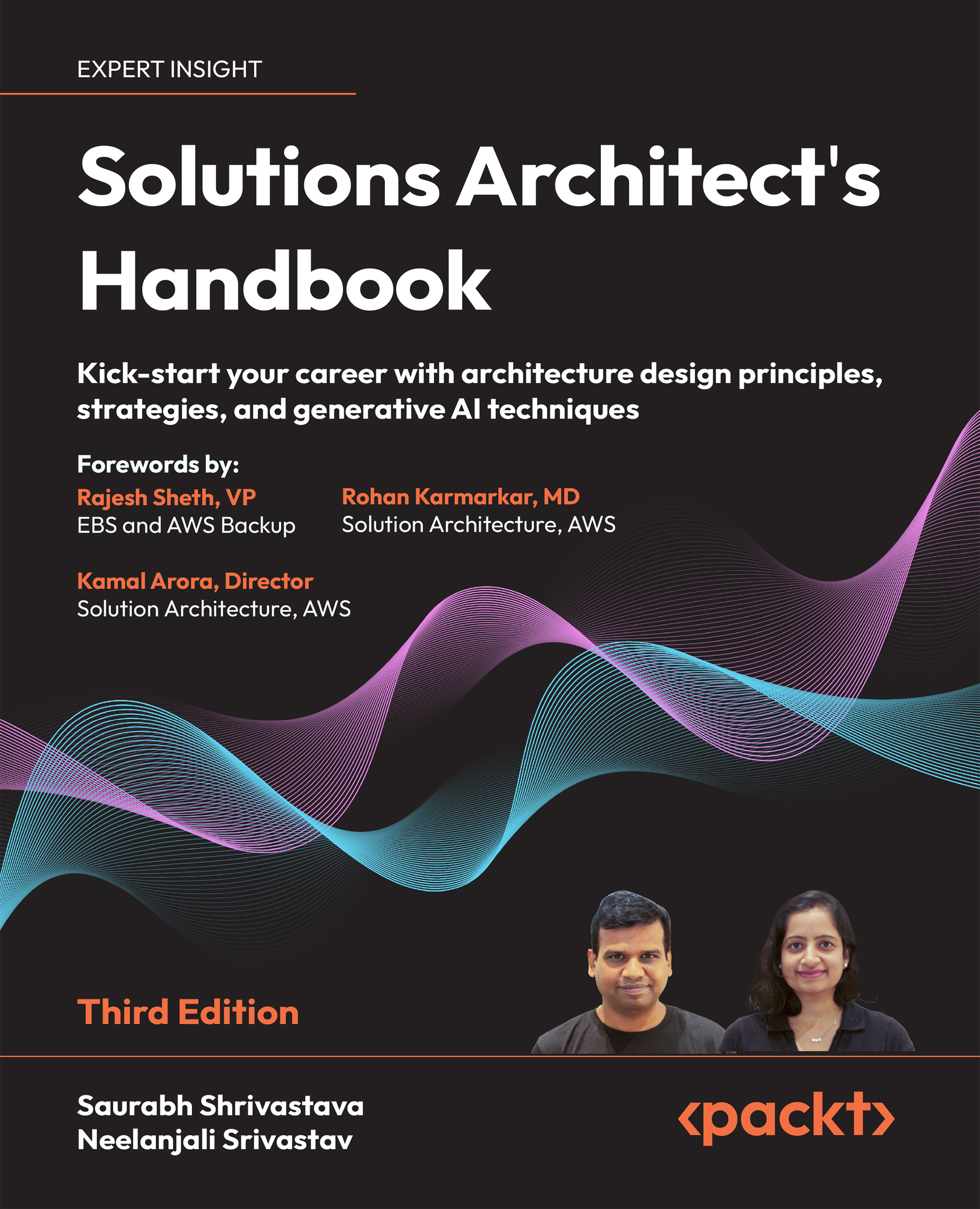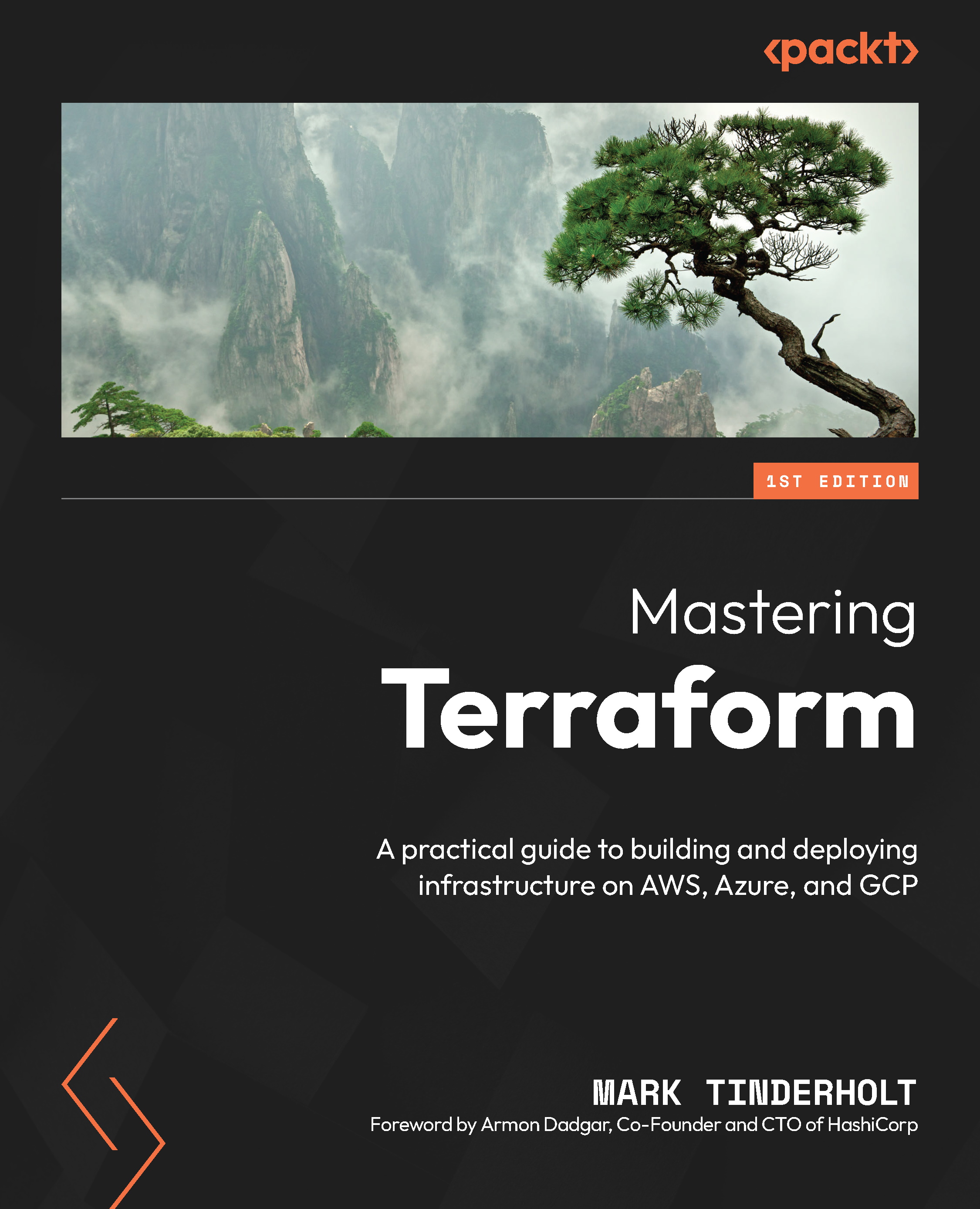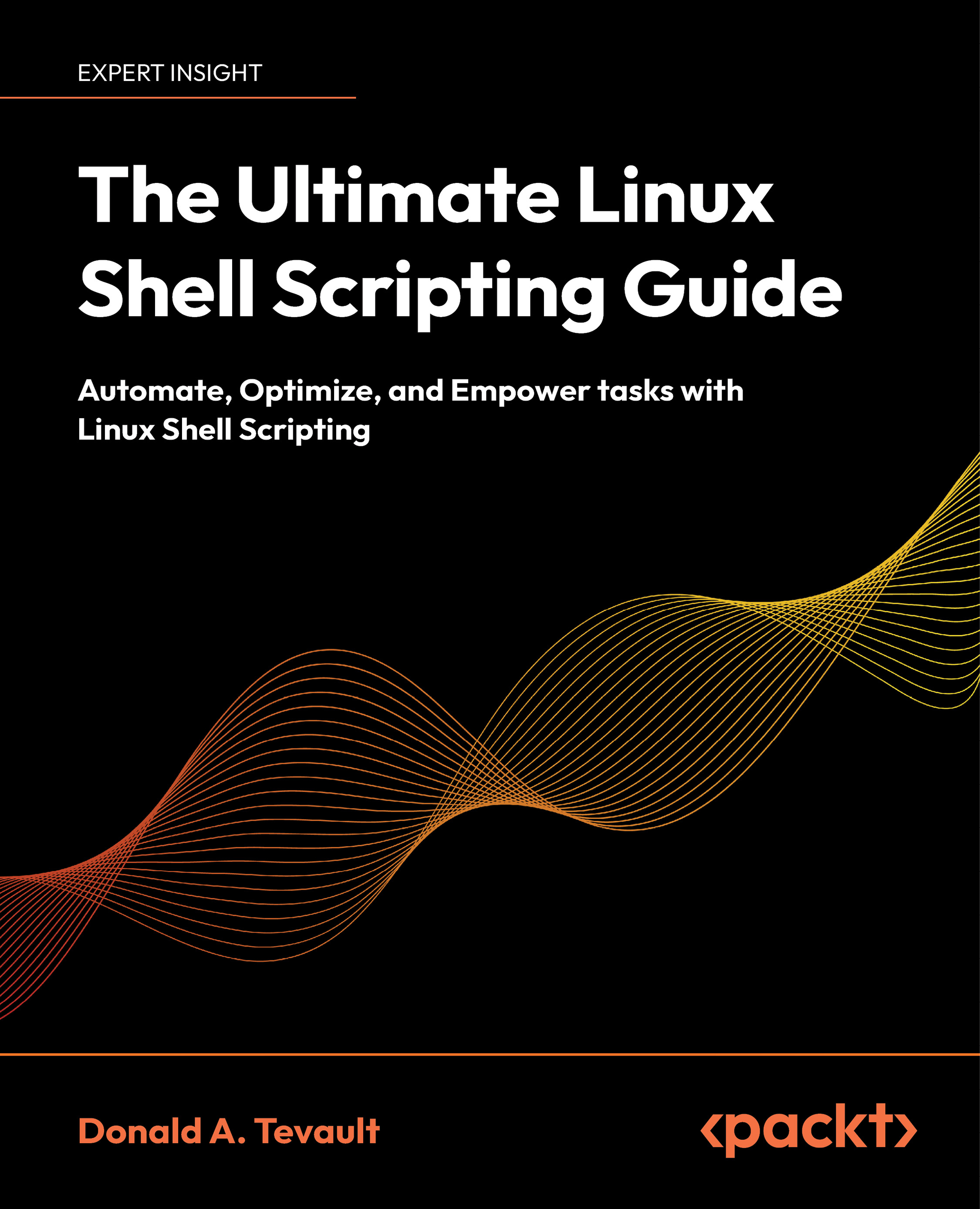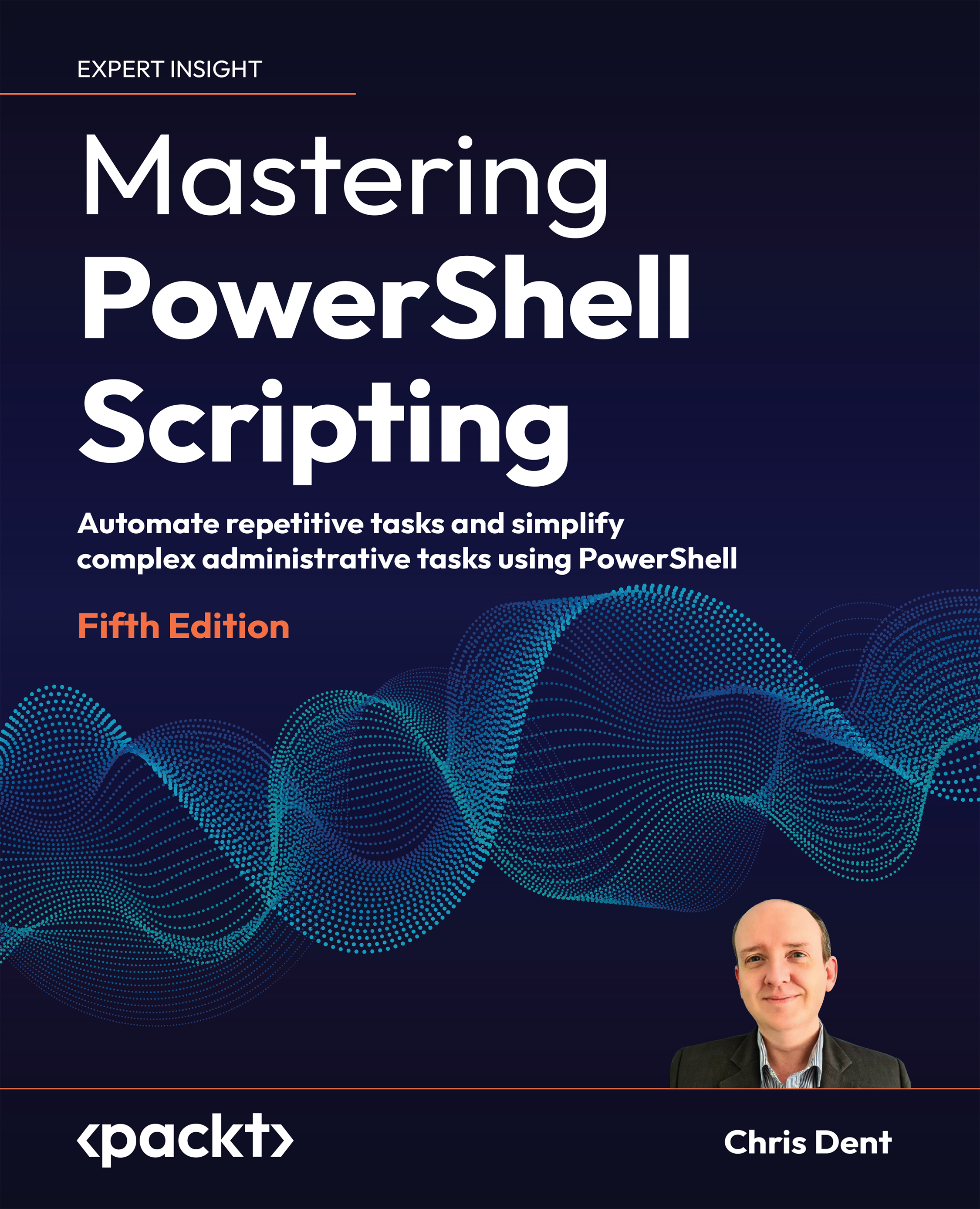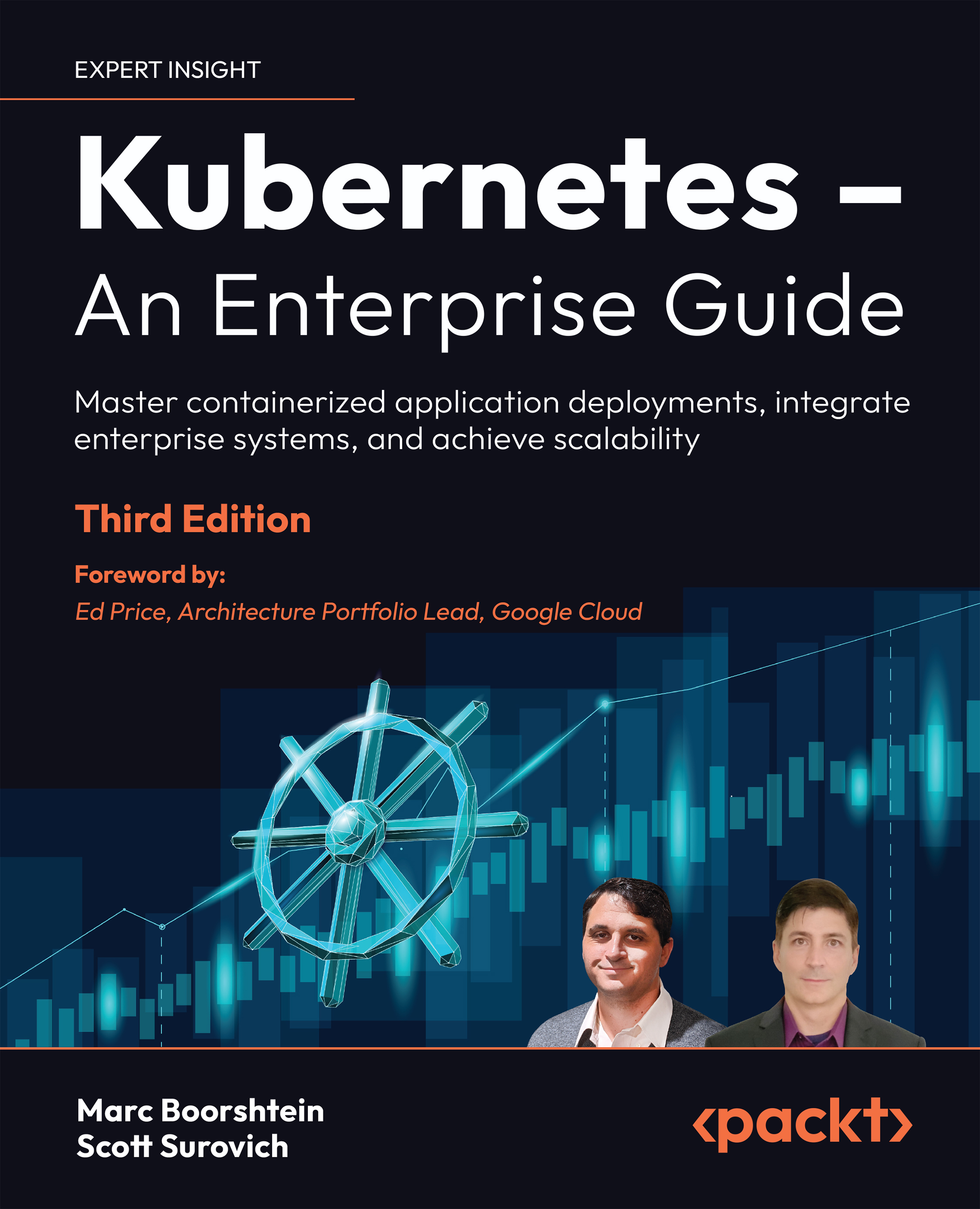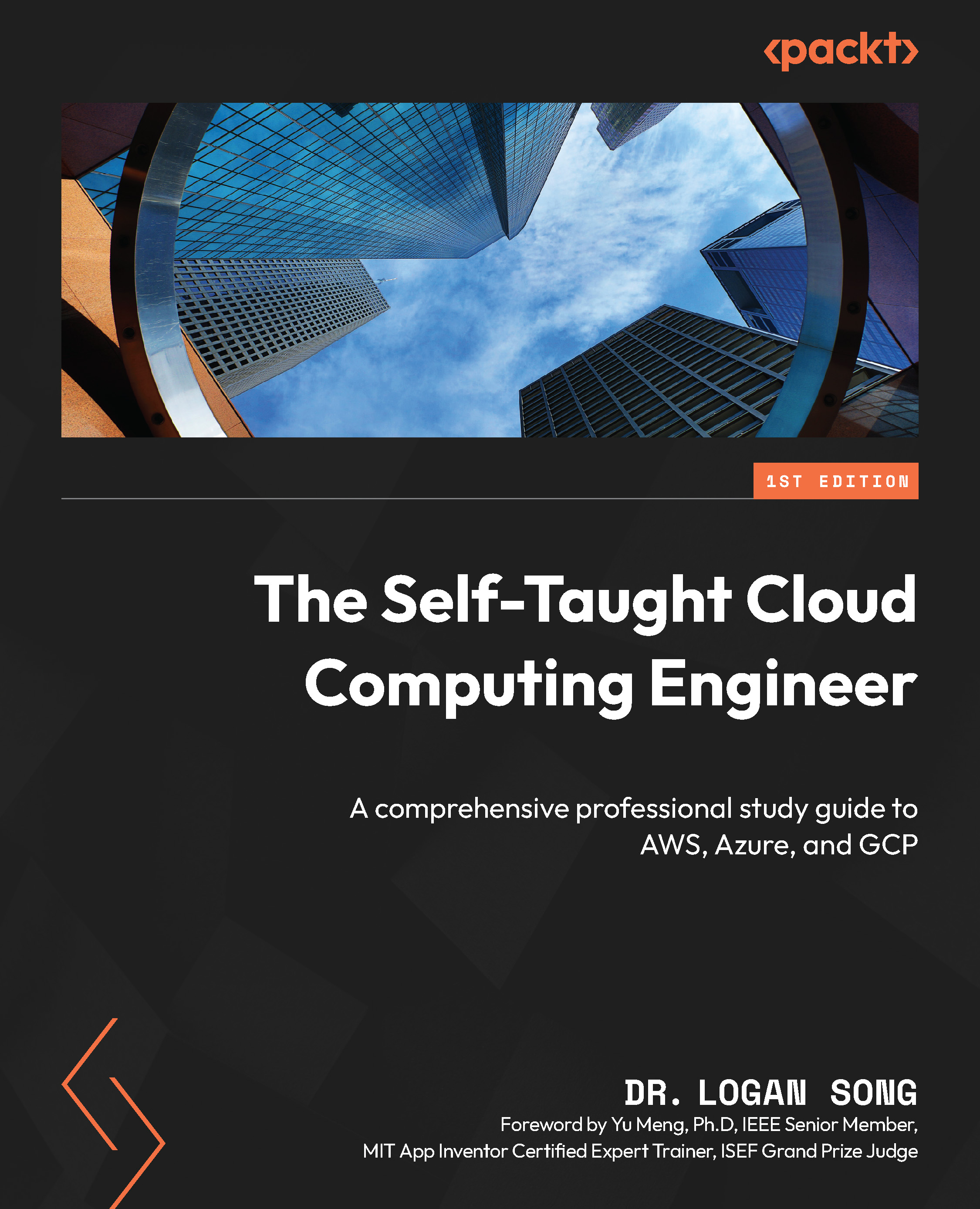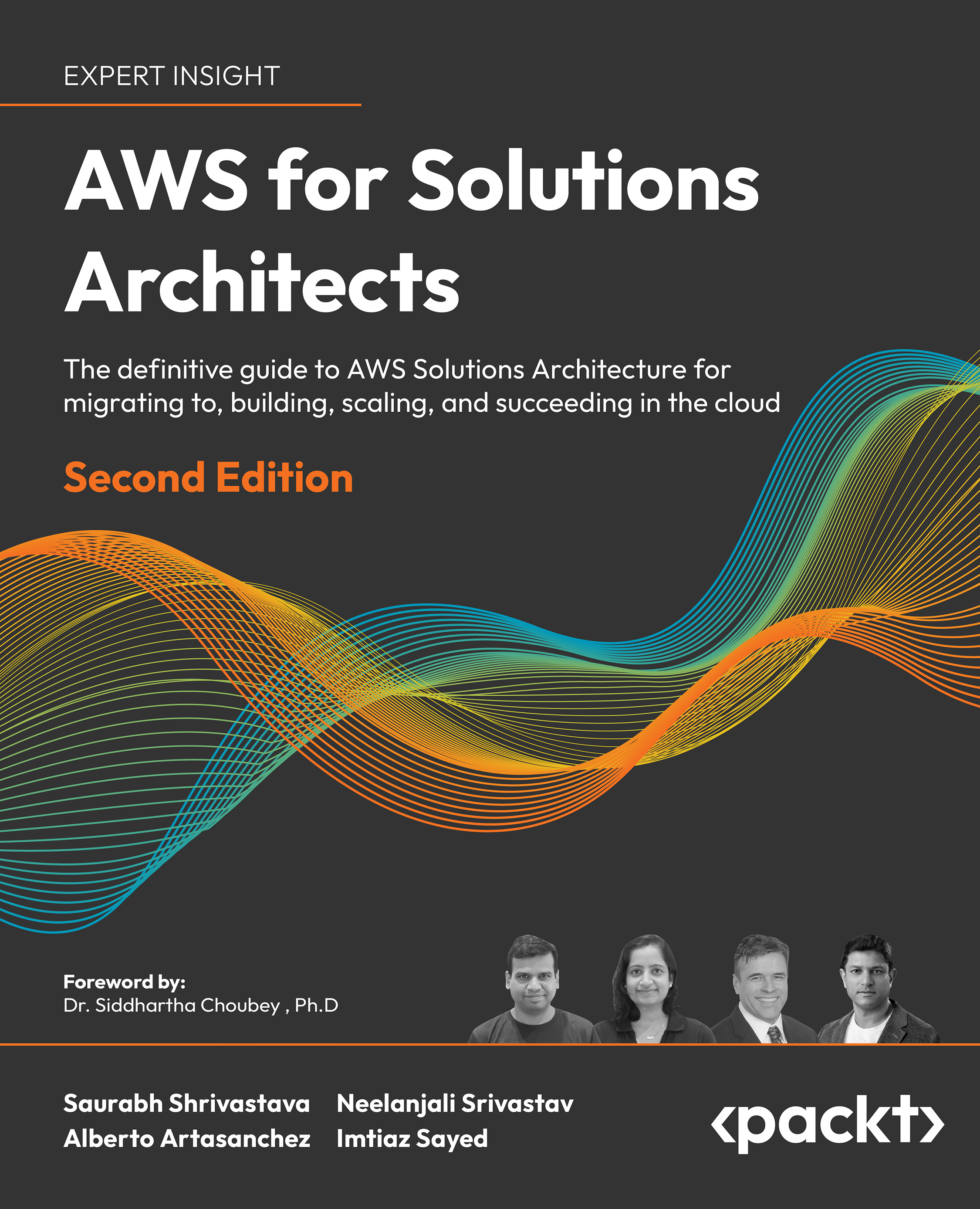An introduction to Docker
Due to its overwhelming usage across industry verticals, the IT domain has been stuffed with many new and pathbreaking technologies used not only for bringing in more decisive automation but also for overcoming existing complexities. Virtualization has set the goal of bringing forth IT infrastructure optimization and portability. However, virtualization technology has serious drawbacks, such as performance degradation due to the heavyweight nature of
virtual machines (VM), the lack of application portability, slowness in provisioning of IT resources, and so on. Therefore, the IT industry has been steadily embarking on a Docker-inspired containerization journey. The Docker initiative has been specifically designed for making the containerization paradigm easier to grasp and use. Docker enables the containerization process to be accomplished in a risk-free and accelerated fashion.
Precisely speaking, Docker is an open source containerization engine, which automates the packaging, shipping, and deployment of any software applications that are presented as lightweight, portable, and self-sufficient containers, that will run virtually anywhere.
A Docker
container is a software bucket comprising everything necessary to run the software independently. There can be multiple Docker containers in a single machine and containers are completely isolated from one another as well as from the host machine.
In other words, a Docker container includes a software component along with all of its dependencies (binaries, libraries, configuration files, scripts, jars, and so on). Therefore, the Docker containers could be fluently run on x64 Linux kernel supporting namespaces, control groups, and file systems, such as Another Union File System (AUFS). However, as indicated in this chapter, there are pragmatic workarounds for running Docker on other mainstream operating systems, such as Windows, Mac, and so on. The Docker container has its own process space and network interface. It can also run things as root, and have its own /sbin/init, which can be different from the host machines'.
In a nutshell, the Docker solution lets us quickly assemble composite, enterprise-scale, and business-critical applications. For doing this, we can use different and distributed software components: Containers eliminate the friction that comes with shipping code to distant locations. Docker also lets us test the code and then deploy it in production as fast as possible. The Docker solution primarily consists of the following components:
- The Docker engine
- The Docker Hub
The Docker engine is for enabling the realization of purpose-specific as well as generic Docker containers. The Docker Hub is a fast-growing repository of the Docker images that can be combined in different ways for producing publicly findable, network-accessible, and widely usable containers.
 United States
United States
 Great Britain
Great Britain
 India
India
 Germany
Germany
 France
France
 Canada
Canada
 Russia
Russia
 Spain
Spain
 Brazil
Brazil
 Australia
Australia
 Singapore
Singapore
 Canary Islands
Canary Islands
 Hungary
Hungary
 Ukraine
Ukraine
 Luxembourg
Luxembourg
 Estonia
Estonia
 Lithuania
Lithuania
 South Korea
South Korea
 Turkey
Turkey
 Switzerland
Switzerland
 Colombia
Colombia
 Taiwan
Taiwan
 Chile
Chile
 Norway
Norway
 Ecuador
Ecuador
 Indonesia
Indonesia
 New Zealand
New Zealand
 Cyprus
Cyprus
 Denmark
Denmark
 Finland
Finland
 Poland
Poland
 Malta
Malta
 Czechia
Czechia
 Austria
Austria
 Sweden
Sweden
 Italy
Italy
 Egypt
Egypt
 Belgium
Belgium
 Portugal
Portugal
 Slovenia
Slovenia
 Ireland
Ireland
 Romania
Romania
 Greece
Greece
 Argentina
Argentina
 Netherlands
Netherlands
 Bulgaria
Bulgaria
 Latvia
Latvia
 South Africa
South Africa
 Malaysia
Malaysia
 Japan
Japan
 Slovakia
Slovakia
 Philippines
Philippines
 Mexico
Mexico
 Thailand
Thailand


